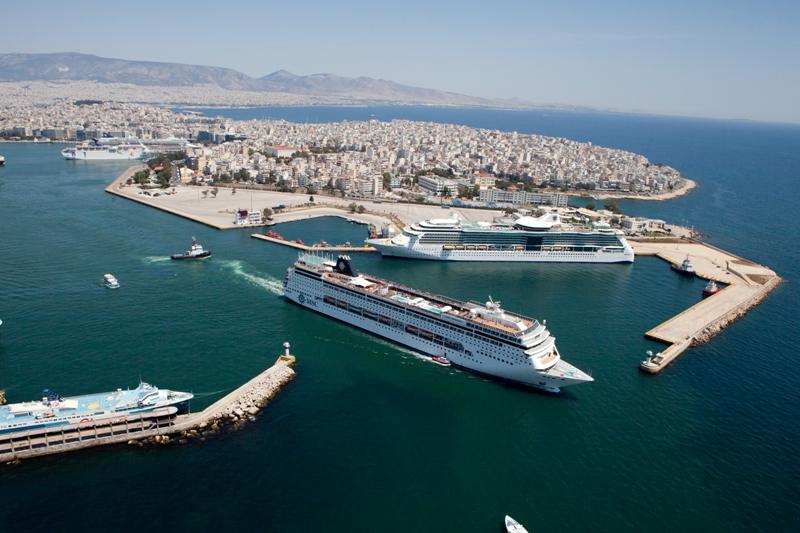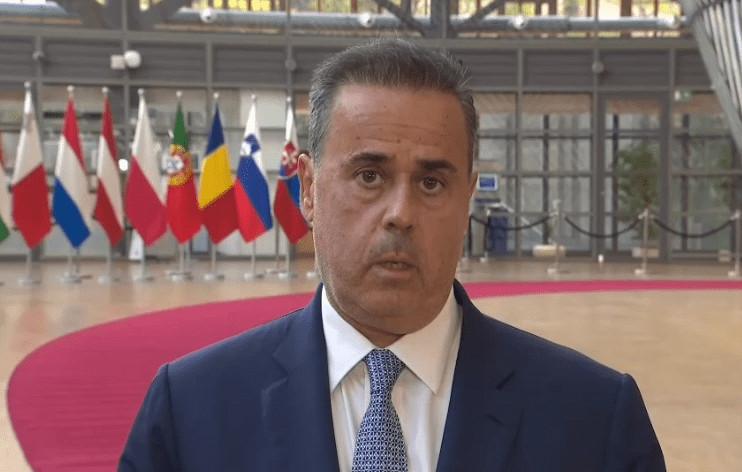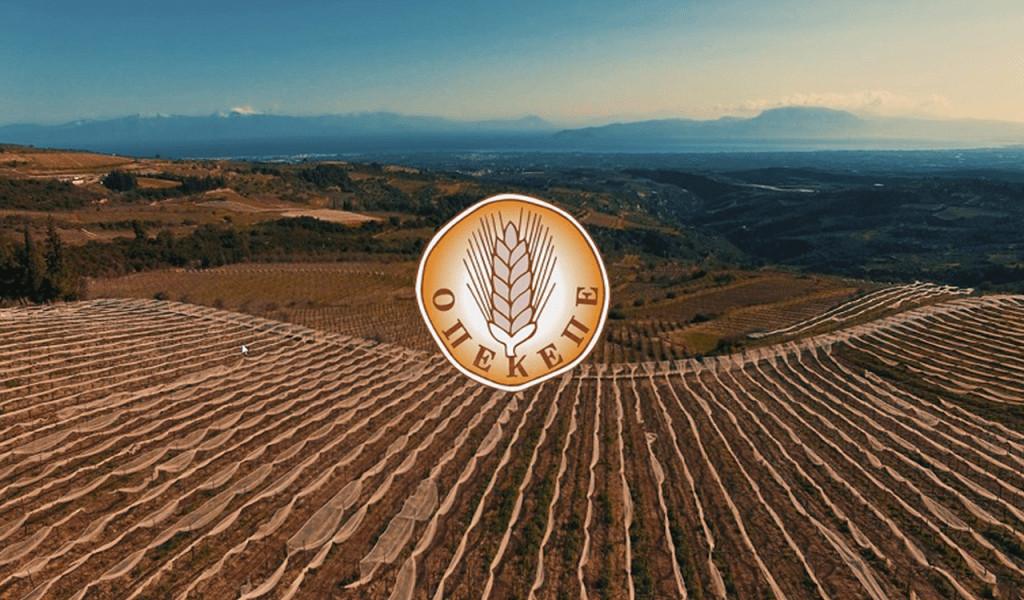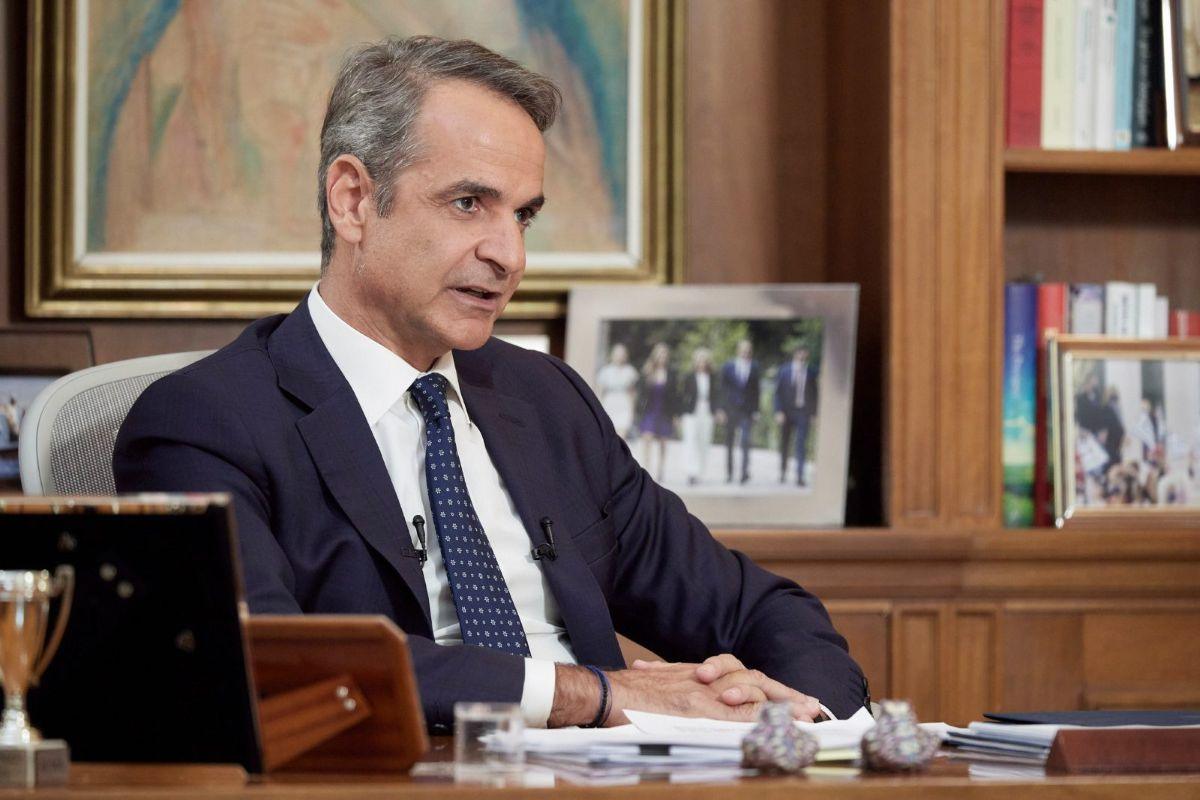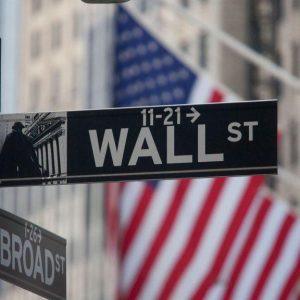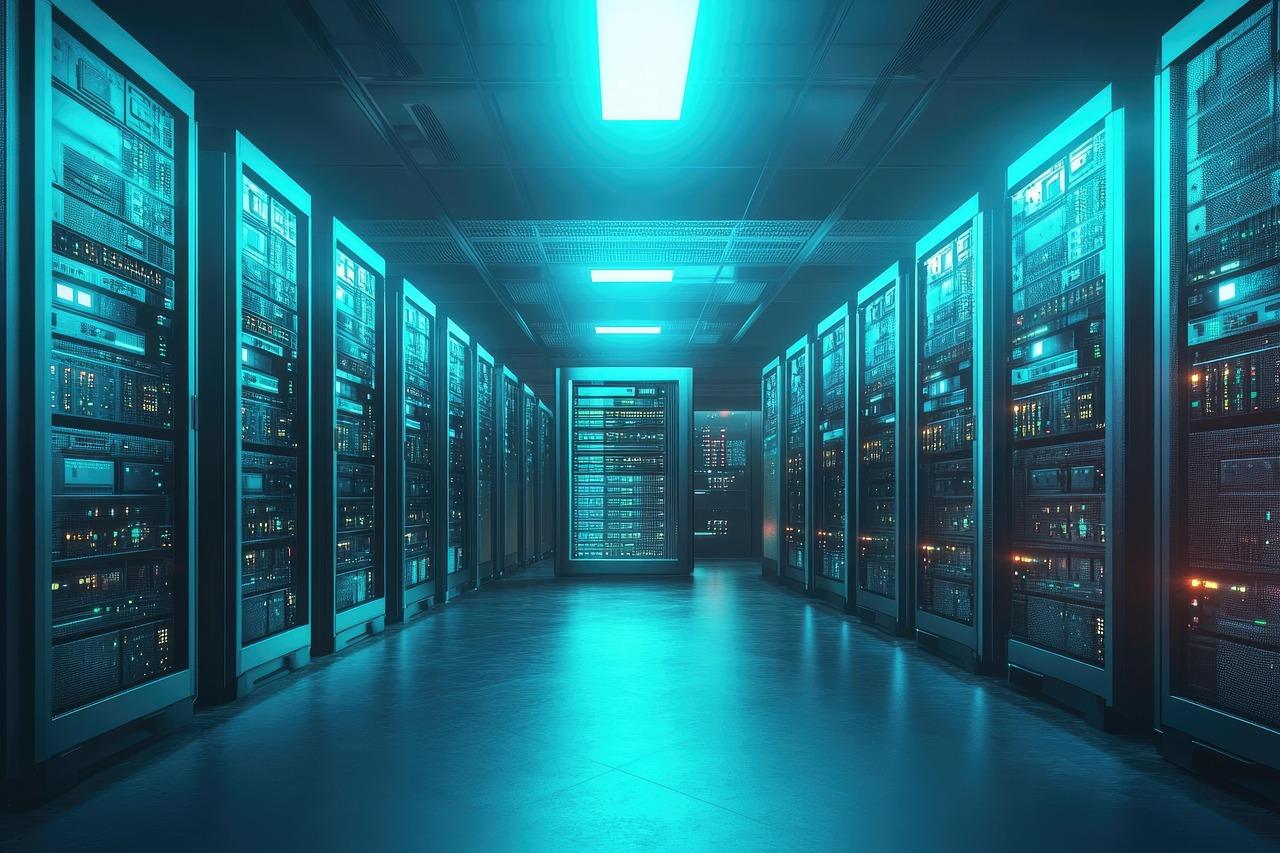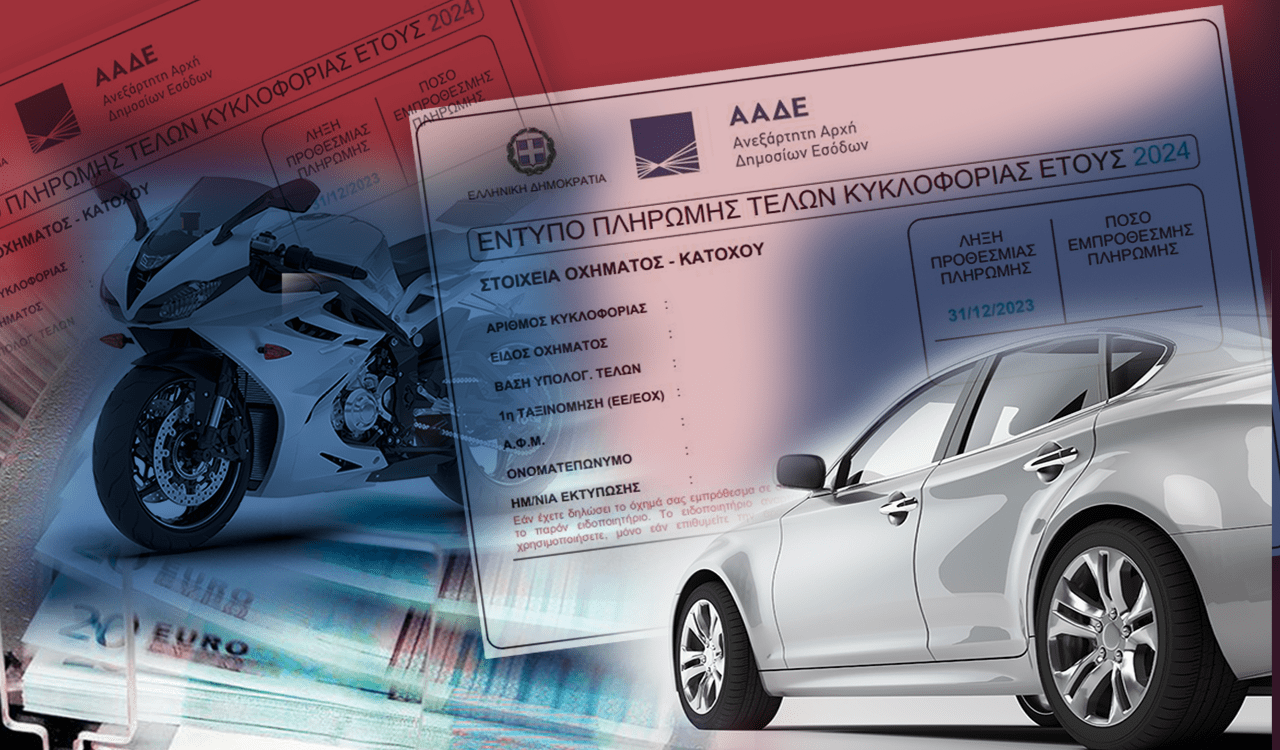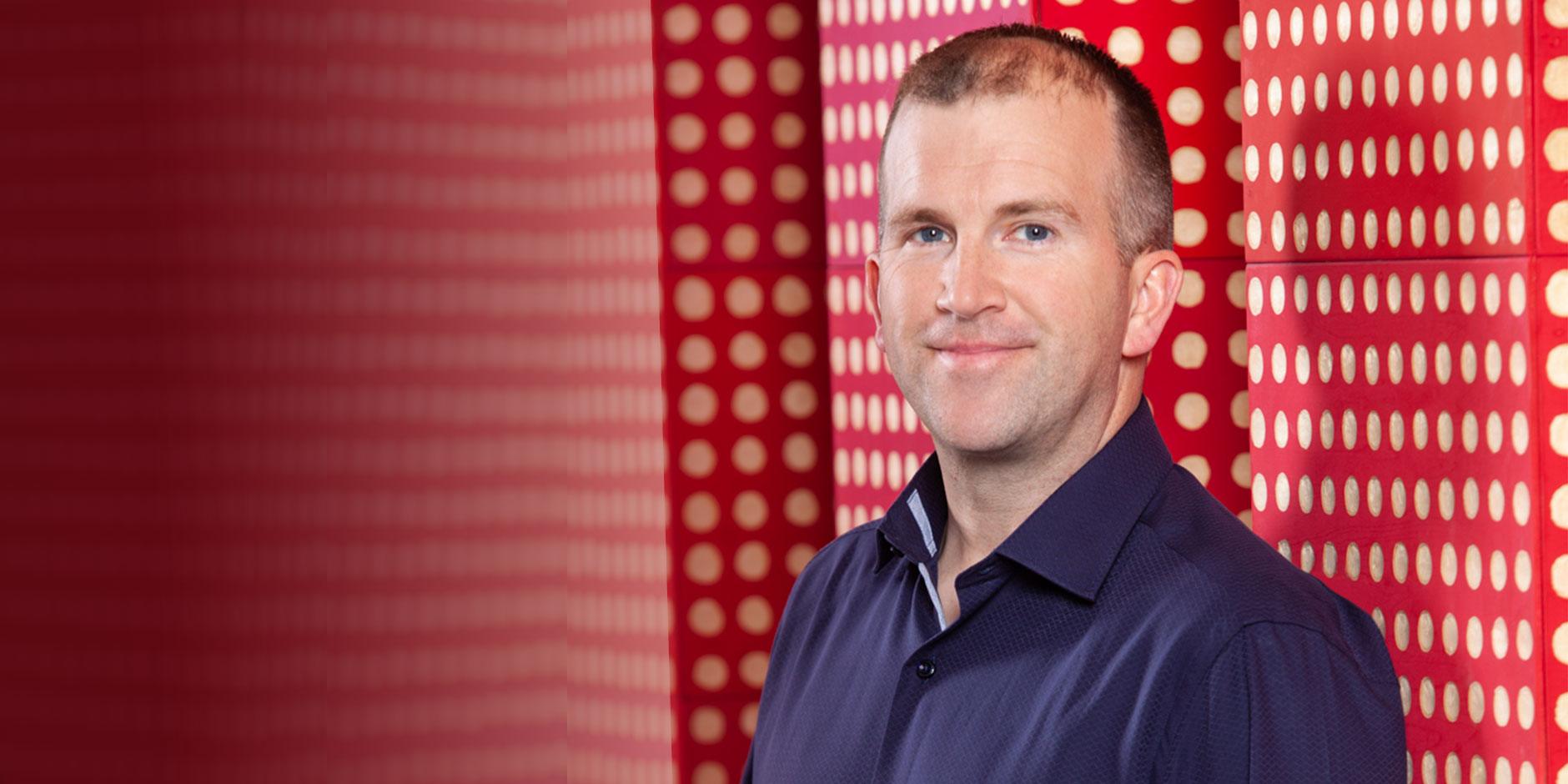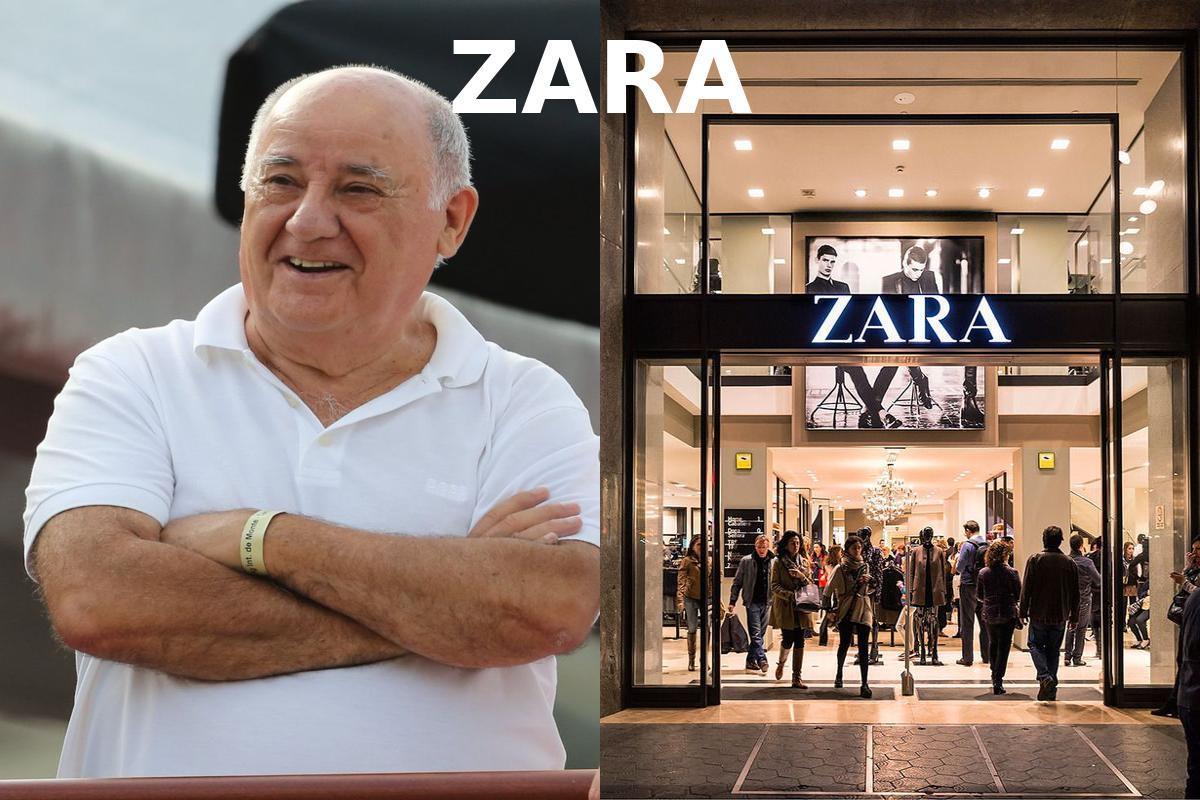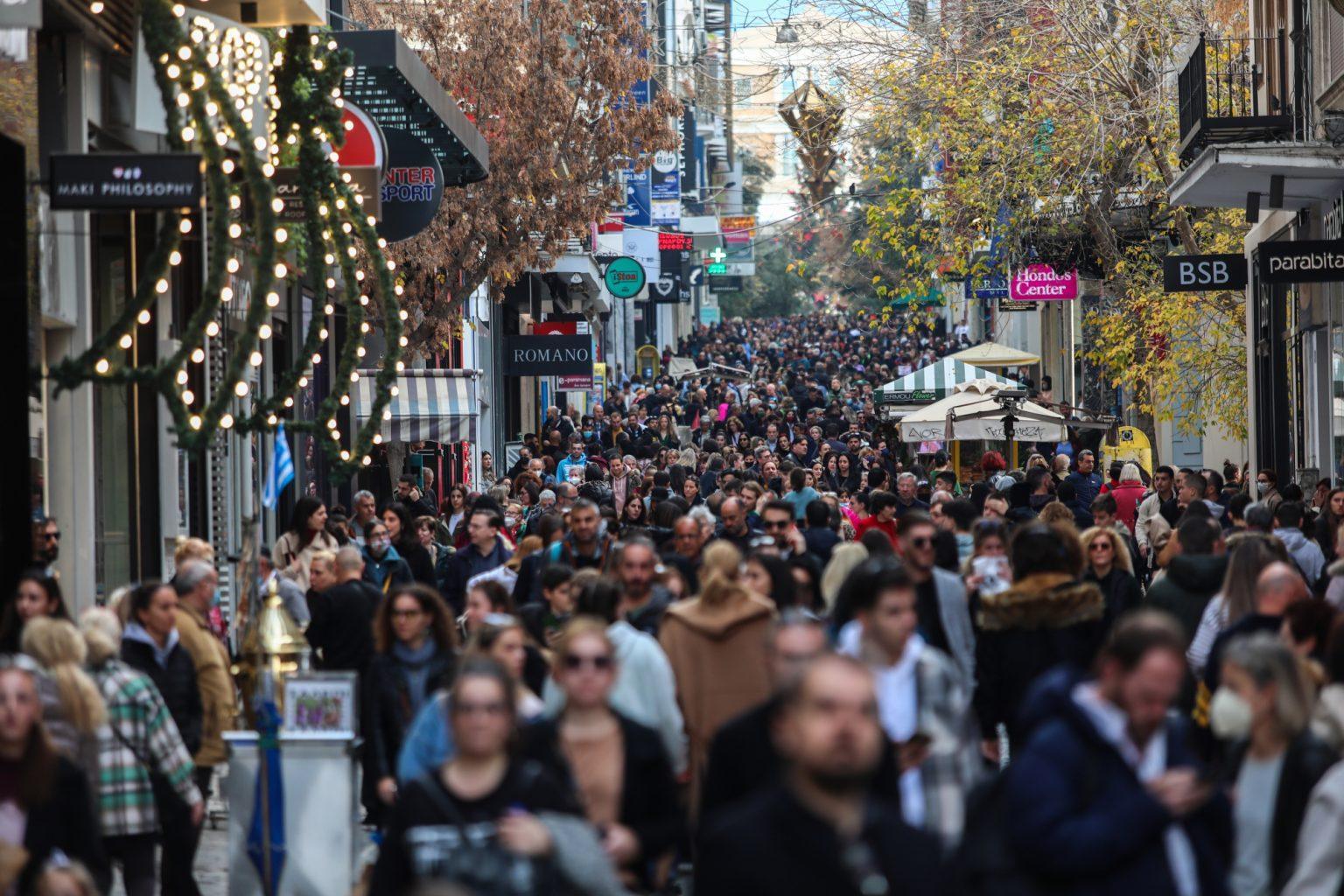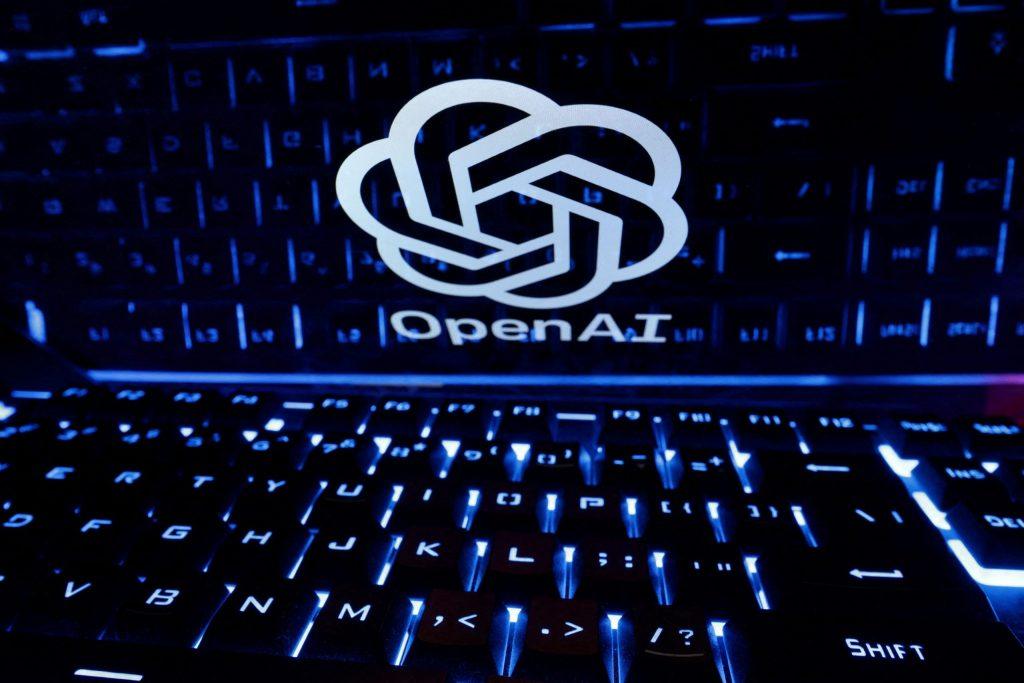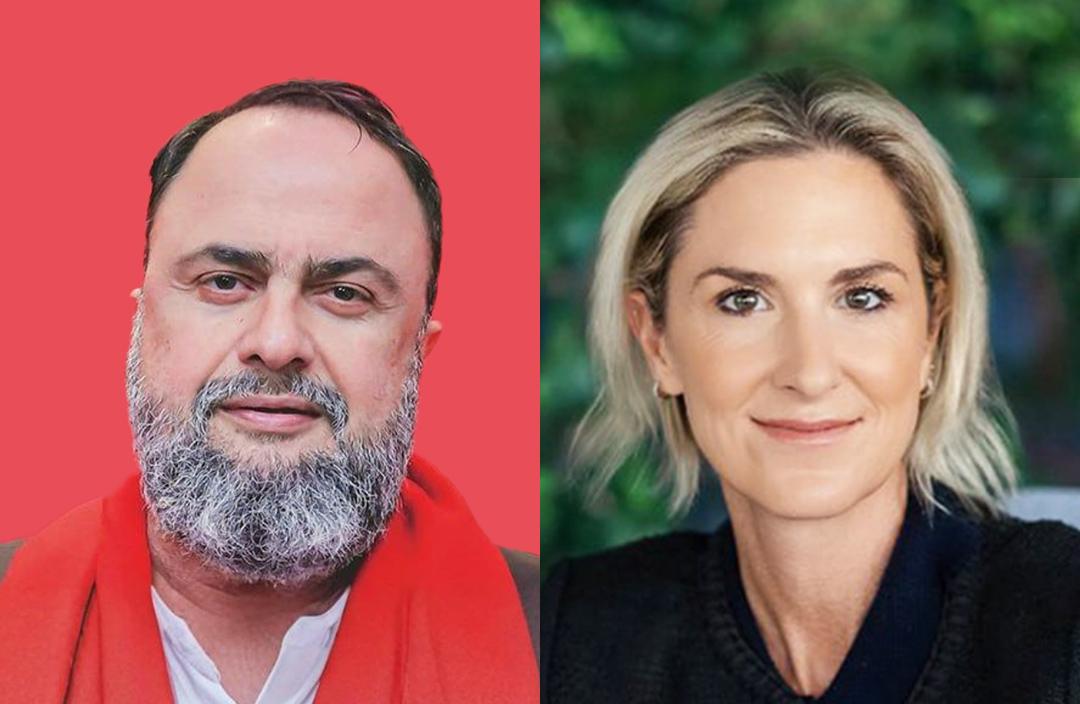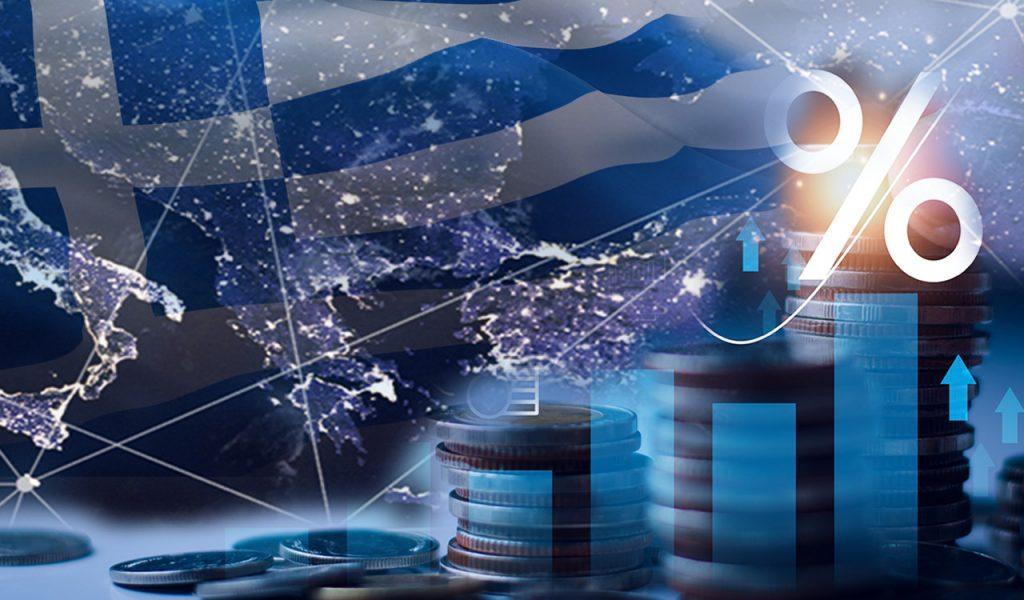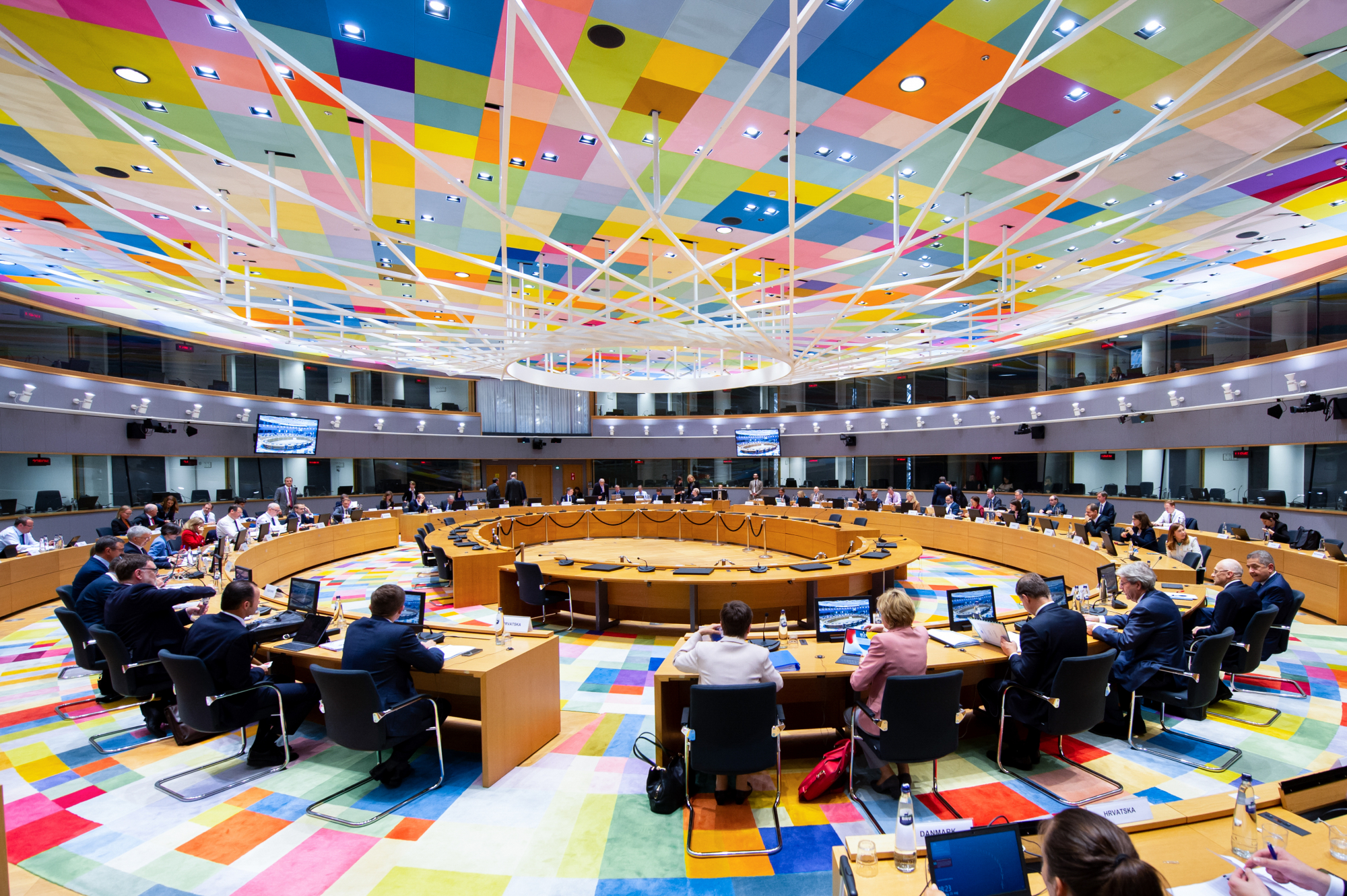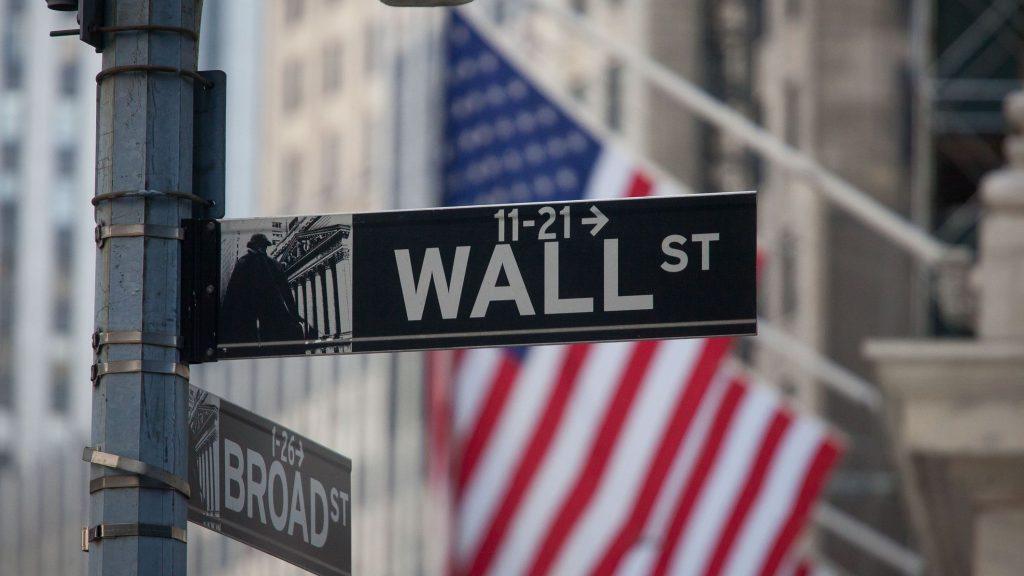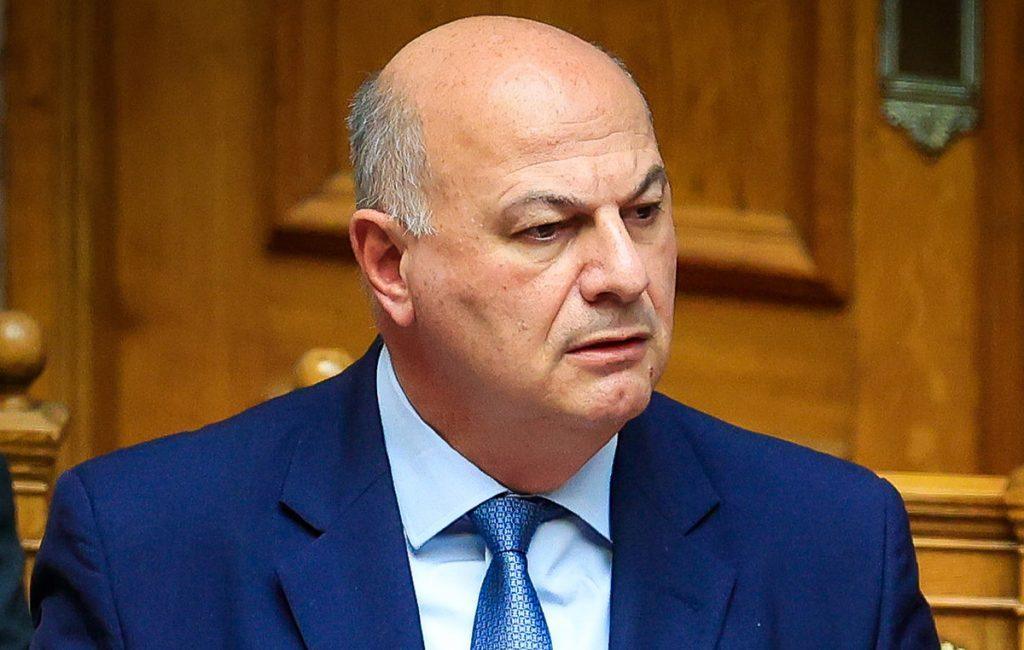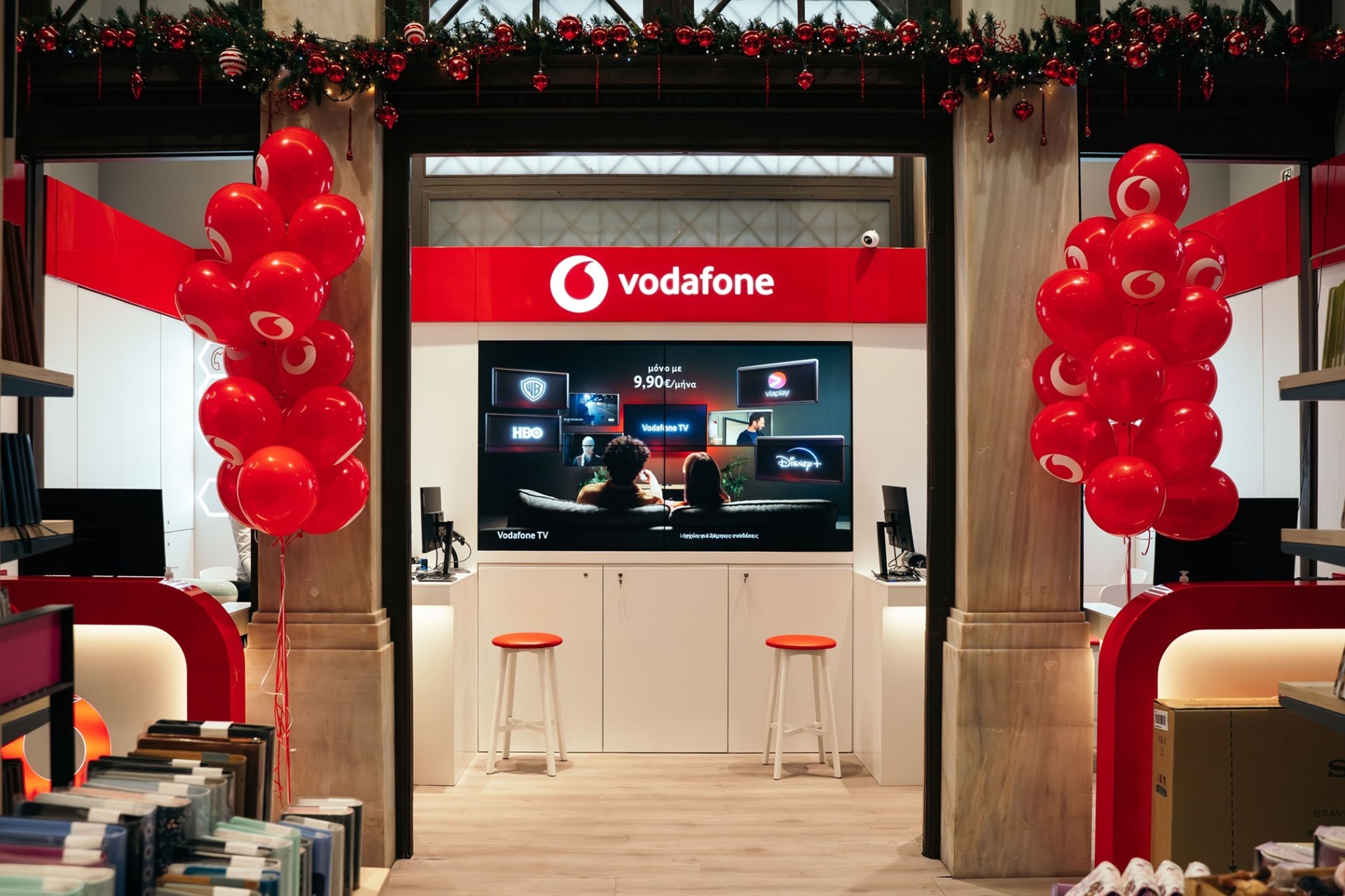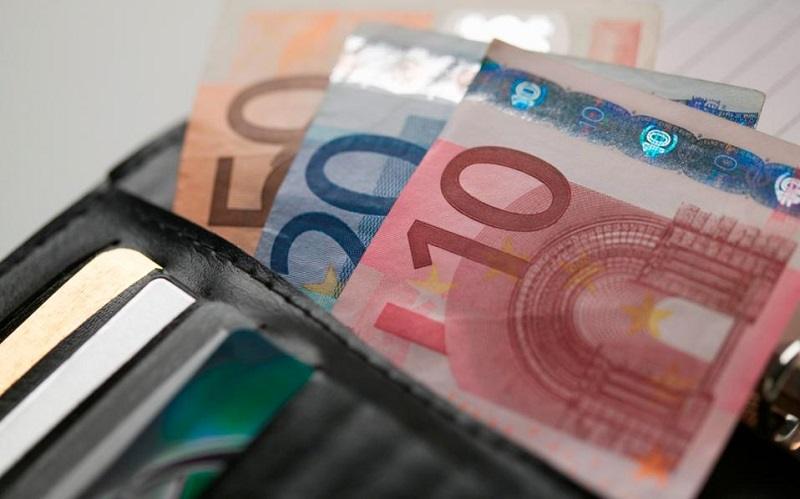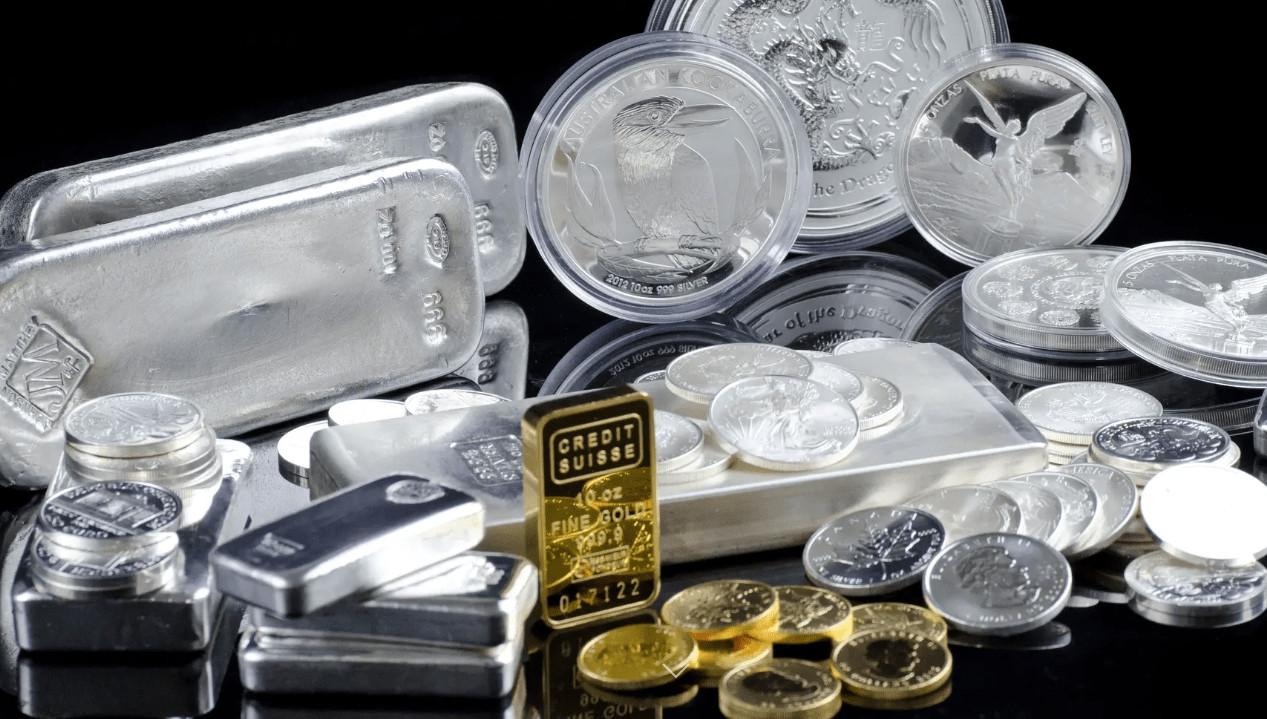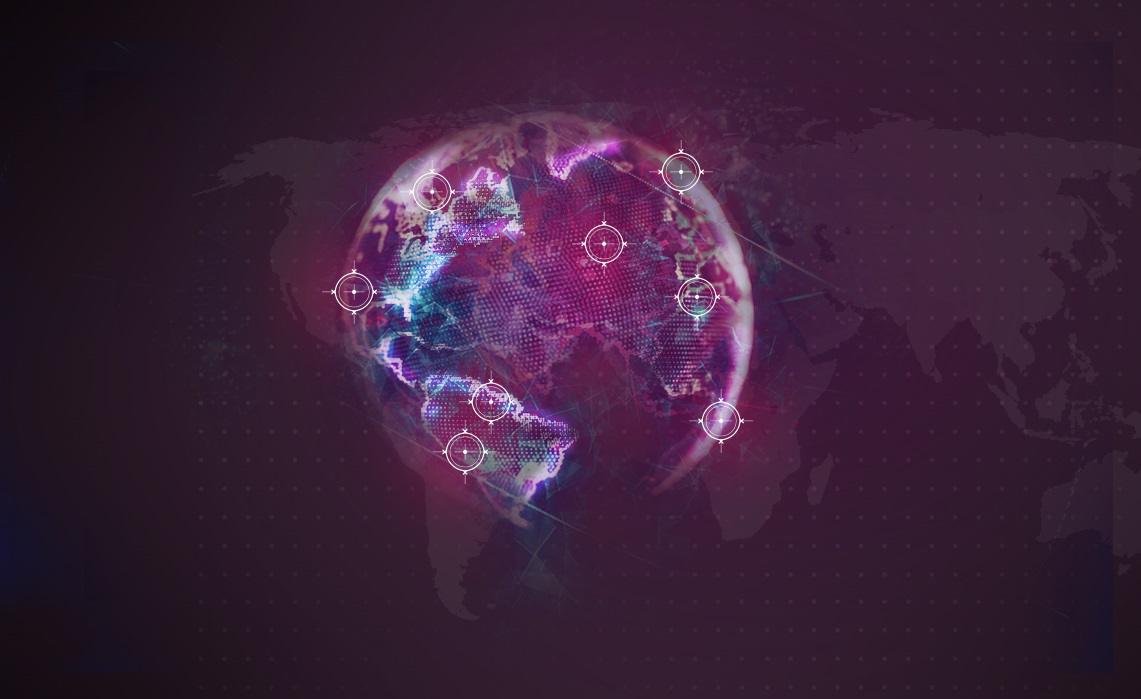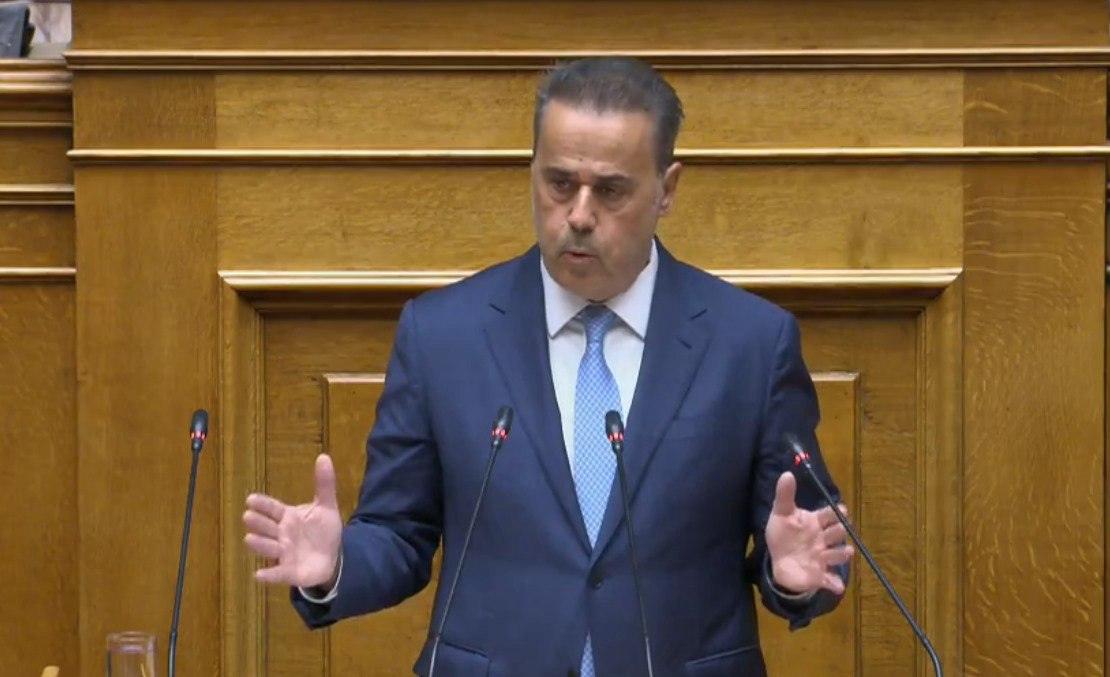The transition of Greek ports into clean energy “hubs” is expected to be a major challenge in the coming years. The development of infrastructure for supplying electricity to docked ships, the so-called cold ironing (or Shore-Side Electricity), must proceed immediately in order to fulfill the country’s European obligation by 2030.
However, the Ministry of Environment and Energy (YPEN) has yet to define the framework that will determine both who will operate the cold ironing systems (e.g., port authorities, HEDNO, etc.) and who will channel the electricity to the ports and the ships.
Self-generation
The landscape remains unclear regarding self-generation of energy. That is, it has not been clarified whether the port operator will be allowed to install photovoltaic panels and produce its own green energy, and under what framework. Moreover, the regulatory framework of the market still needs to be completed. The consultant assigned to the task has submitted a proposal to the Regulatory Authority for Waste, Energy and Water (RAAEY) on how the cold ironing market should function, but consultations are still pending with all competent authorities and the shipowners involved.
Pilot projects
YPEN’s goal is to complete the transition of at least the country’s two major ports, Piraeus and Thessaloniki, by the end of the decade. In any case, the “greening” of Greece’s ports began with some early pilot projects, with those in Igoumenitsa and Rafina being the most mature. HEDNO is managing the basic design and cost-benefit studies as well as the competitive procedures, while funding has been secured from the Connecting Europe Facility (CEF).
In particular, in Igoumenitsa, a tender worth €8.9 million is underway for three shore power supply points for cruise ships, two with 3 MW capacity and one with 0.5 MW. The project has a completion horizon of December 2026. The plan also includes the development of Renewable Energy Sources (RES), so that part of the energy provided by the port will be “green.”
Supply points
As for the infrastructure in Rafina, four supply points for ships (1.5 MW each) are planned, with the tender expected to be published in the summer and completion set for the end of 2028. The total budget of the Decompress project reaches €9.7 million and also includes the cost of studies for the ports of Lavrio, Kavala, and Corfu. Tenders for the construction of infrastructure in those three ports will proceed once the necessary funds are secured.
At the same time, other projects are progressing, the most important being that of the country’s major port, Piraeus. Through the EALING and CiPORT Piraeus projects, technical studies have been completed for five shore power points for passenger ferries at the Poseidonos, Agios Dionysios, Hetioneia and Perikleous quays, and another four points for cruise ships at Themistokleous quay. Studies have also been completed for the port of Volos (Centavros Volos).
As for upgrading the ports on the Aegean islands so they can accommodate docked ships supplied with electricity from shore while moored, YPEN’s initial plan to finance this via the Decarbonization Fund earmarked €100 million (with 50% project subsidy). However, since not all island ports are suitable for ship mooring—except for a few such as Heraklion or Rhodes—the budget will likely be reviewed.
For cold ironing, a Committee has been established with participation from staff of the Ministry of Shipping, YPEN, RAAEY, and the operators of the electricity transmission and distribution systems (ADMIE and HEDNO respectively), which has studied the majority of Greek ports. The goal set by YPEN in the National Energy and Climate Plan is that shipping consumption via cold ironing reaches 0.1 TWh (terawatt-hours) by 2030 and increases gradually to 0.6 TWh by 2050.
Challenges
However, the challenges are significant and relate to the high capital cost for port infrastructure and strengthening the electricity grid, the high cost of electricity, and uncertainty regarding demand. As experience to date has shown, electricity must be cheaper than diesel in order for cold ironing to be cost-effective for docked ships. Also necessary is financial support for the cost of installing and operating the infrastructure at the ports.
In any case, in Europe, several major ports such as Hamburg, Rotterdam, Gothenburg, Oslo, and Antwerp are investing in cold ironing infrastructure, while another 16 ports are included in the EALING project, in which Greece also participates.
European Union
The shift to cold ironing was adopted by the European Union in July 2023 through two regulations under the “Fit for 55” package. Regulation FuelEU (2023/1805/EU) stipulates that container and passenger ships with a gross tonnage of 5,000 GT or more are required by 2030 to connect to shore power to meet their electricity needs while docked. Regulation on Alternative Fuels Infrastructure (AFIR; 2023/1804/EU) includes provisions for key ports that are part of the trans-European transport network. The goal of cold ironing is to reduce ship exhaust gas emissions and engine noise. Data from the European Maritime Safety Agency (EMSA) for 2022 shows that emissions from maritime transport in the EU reach approximately 137 million tonnes of CO₂, and according to the International Maritime Organization (IMO), these could increase by up to 50% by mid-century if strict measures are not taken.
Source: tovima.com
